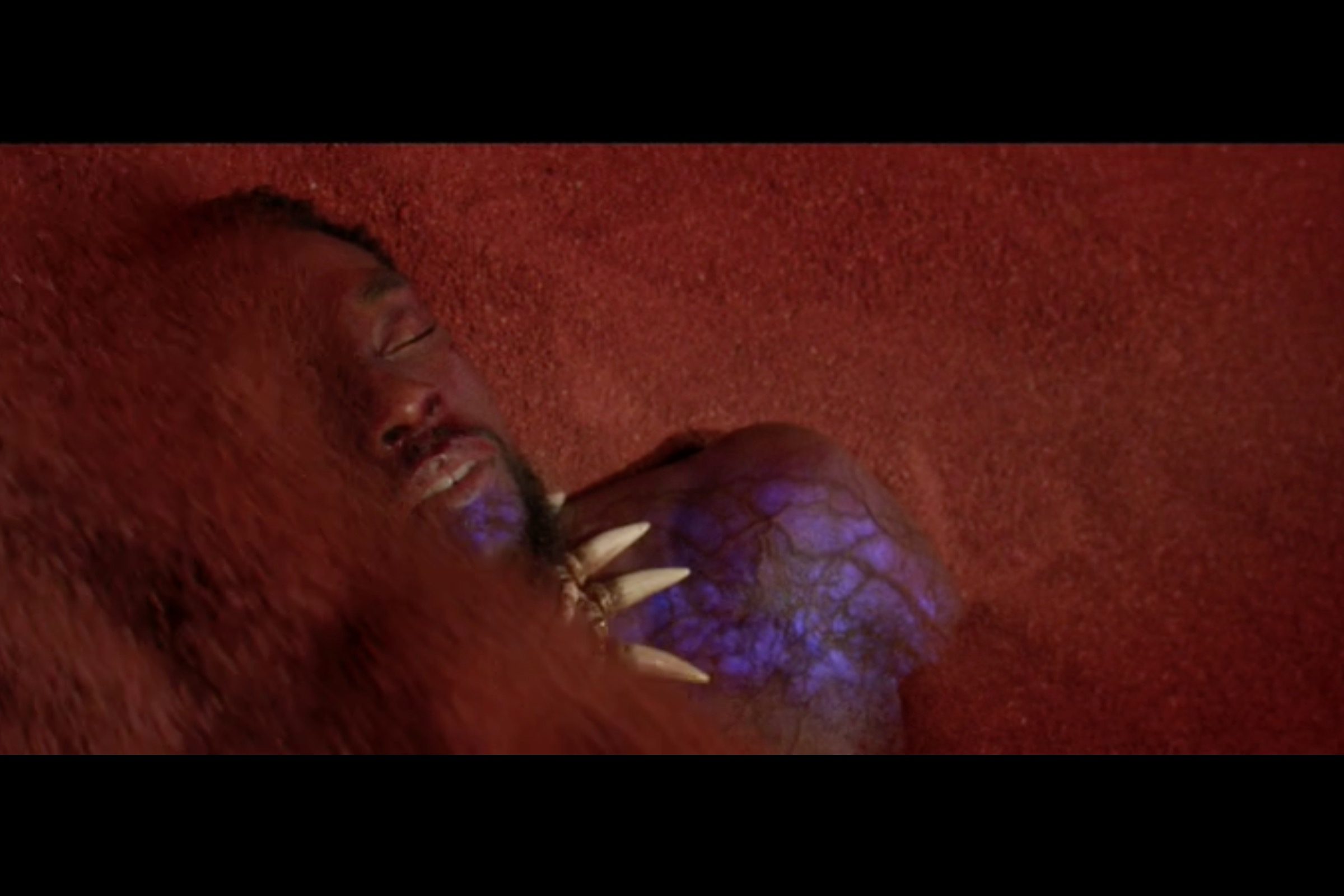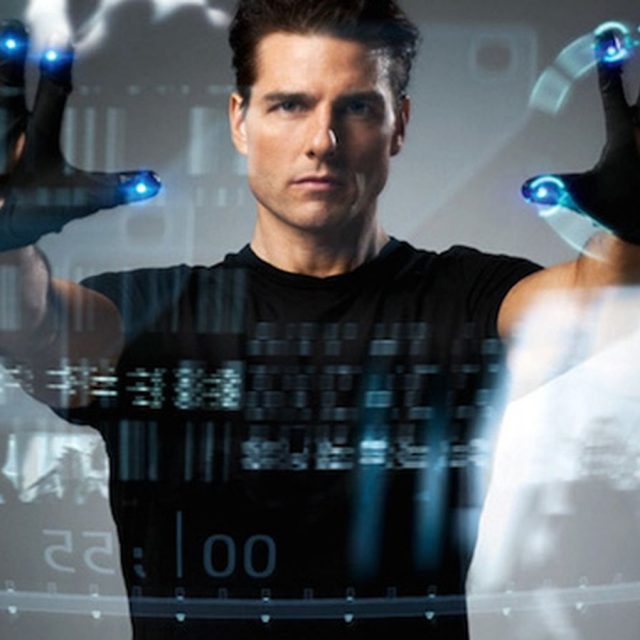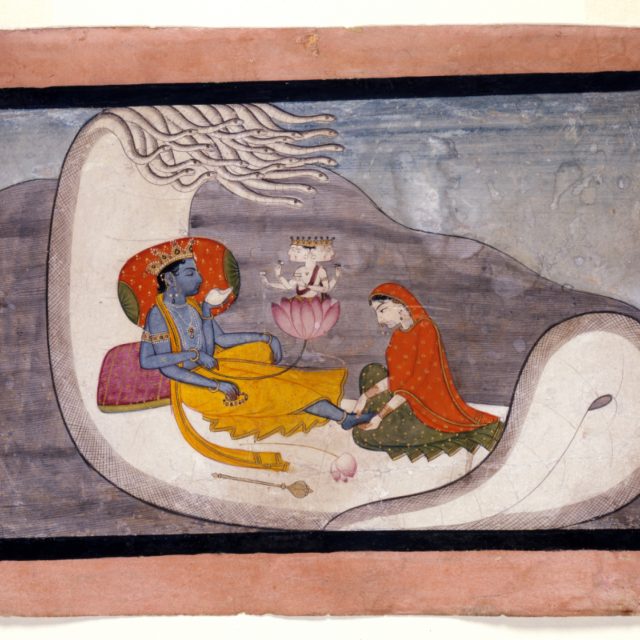Video #1: After Africa
This relationship between the African American narrator and the mythical African story gives us a series of interesting questions that I am not prepared to answer fully but do want to begin to explore with you.
It is certainly refreshing to see a Reversal of the stereotypical Portrayals of Racial Power Dynamics and cultural representation that we in the West are most familiar with (which we often see reinforced in movie awards ceremonies).
In the movie Avatar, for instance, we saw the age-old opposition of civilized vs. primitive replaced by a more recent opposition between indigenous wisdom and Eurocentric Scientific positioning of self-perception.
Even so, Avatar is still marred by its reliance on the stock adherence to the white savior complex narrative of this heroic saga.
Here in Black Panther, on the other hand, we are to imagine that we see things from the perspective of the so-called native in this story rather than the invader.
We are now immersed in African-American fantasies of African roots and heritage.
A question remains, however:
Are we still in a primarily western mindset—and one conditioned by the superhero genre in the film industry—despite having a Black director frame the narrative here?
While the cultural hybridity of the African mosaic that Coogler presents us with gives us a refreshing break from the more standardized white supremacist depictions of cultural difference, we nevertheless still get a view of Africa that centers on rural rather than urban traditional cultures, despite the fact that this rural world is here framed in an afro-futurist fantasy of the superior technological wonders of Wakandan science.
As in Avatar, we witness what to us appear to be magical scenes of healing and spirit migration to the otherworld of the ancestors. The healing takes place within a futuristic technological frame while the shamanic portal passages remain indebted to the spirit journey tales of all traditional cultures around the globe.
We might even say that Shuri, as the no-nonsense scientist of Wakanda shares more with Dr. Grace Augustine in Avatar than with the shaman queen Mo’at.
What we don’t see in Black Panther that I see as perhaps the primary saving grace of Avatar (no pun intended) is the sense of energetic communion with the forces of the planet that give rise to the multiple forms of Tsaheylu in Cameron’s fantasy. Except for an extremely brief mention that the vibranium energizes the plant life in Wakanda, all of the other relationships that we see between the human and mineral worlds should still be seen as exploitational. This is something we DO see in Coates’s depicitions of the brutality of the Wakandan mining operations.
One could argue that the fact that vibranium has its origins in outer space precludes a sense of our having a family relationship with the mineral in the ways that the Na’vi do with their unobtanium. But this displacement through space forecloses the larger perspective that would see everything not simply in our homeland or on our own planet but throughout the cosmos as part of our divine heritage and lineage.
Video #2: Duty—Family, Nation, Planet
T’Challa—King, Leader of the Nation, Avenger in the Larger World, Keeping Wakanda and Vibranium Safe
As in the graphic novel series of Black Panther, the movie presents the viewers with questions regarding proper duty, allegiance, and responsibility. T’Challa’s inner and outer conflicts all revolve around the tug and pull of conflicting notions of the responsibility of the king to his people. He learns in the movie of the various betrayals and deceptions carried out by his forebears, such as his father and his uncle, all in the name of protecting Wakanda and its Vibranium from the insane propensities towards violence and exploitation of Africa’s European conquerors represented by Ulysses Klaue. And yet as a member of the Avengers, T’Challa played an important role in the humanitarian interventions in the affairs of endangered peoples around the globe. How can he protect Wakanda and continue to serve the outside world?
Nakia—Helping the Struggling People in the World
Through Nakia, T’Challa’s former lover, we gain the perspective of the liberator of the oppressed. She sees it as her duty to aid those in need regardless of their nationality, as in her undercover mission to rescue helpless people in the hands of human traffickers. We get a deeper sense of what is at stake in this humanitarian concern through her conversations with T’Challa and Aneka.
Killmonger—Helping the Diaspora, Motivated by Revenge
The question of the needs of the African diaspora come to the fore in the story of Killmonger, T’Challa’s cousin born and raised in the African American world represented by Oakland, California of 1992. Through his declarations upon his arrival in Wakanda as well as his conversations with the spirit of his father, murdered by T’Chaka—his own brother, T’Challa’s father, and Killmonger’s uncle—we see the roots of the warrior’s drive for revenge beneath his call for the militant liberation of peoples of African descent across the world. If he gains control of the Vibranium in his role as the new king of Wakanda, Killmonger will use the powerful substance for his own violent ends of vengeance and form alliances with evil exploiters like Klaue if that serves to his advantage.
Going Back to Oakland
By the end of the movie T’Challa accepts the task of reaching out to the African diaspora and paying homage to the scenes of the crimes of mislaid allegiance and justice committed by his father that gave rise to Killmonger and T’Challa’s own inherited dishonor.
The United Nations Declaration—Looking Outward
In the final official scene of the movie (if we exclude the surprise appearance of XX in the post-credits scene preparing us for the movie’s sequel) we hear T’Challa’s plans to reach out to the oppressed and needy peoples across the planet. In this way T’Challa finally finds the path towards reconciling his inner and outer conflicts and allowing the accident of Wakanda’s Vibranium to benefit the peoples of the planet as a whole. In the end, then, we have not simply some kind of Pan-African resolution to conflict and division but a gesture towards global unity and harmony.
X



Leave A Comment